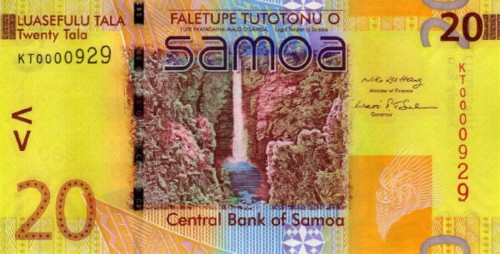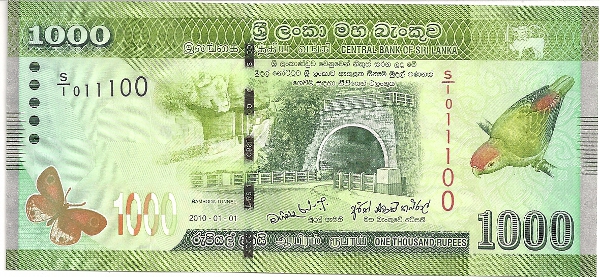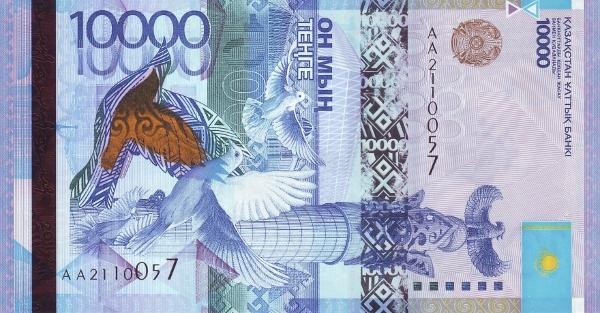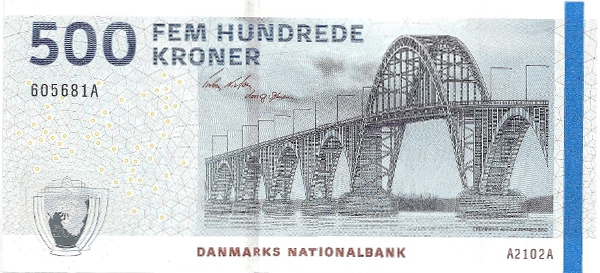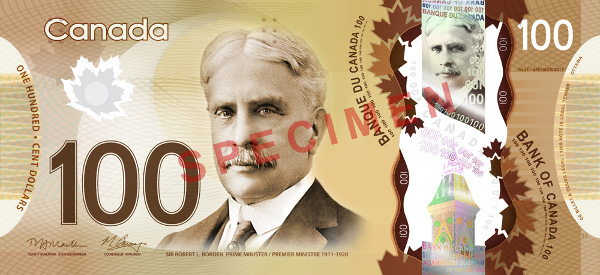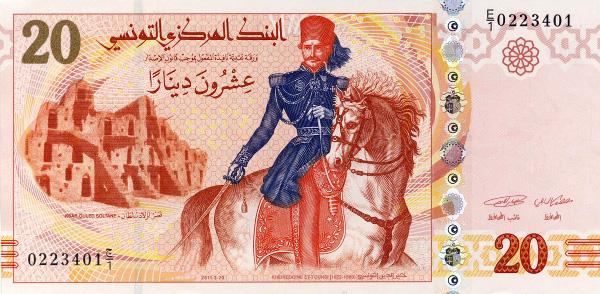Are
you money savvy?
Show me your money !
Cattles
are probably the first form of money. Cattle as money dates
back to 9000 B.C. Even in the middle of 2oth century Cattles
were used as money in parts of Africa. Interestingly, the
first coin was shaped like a cattle in bronze which is dated
back to 2000 B.C. Coins with their value imprinted on them
were first produced in Lydia (present day Turkey) around
650 B.C. Around A.D. 806, the Chinese invented and briefly
used paper currency, but the first consistent use of paper
money was by the French in the 18th century. The Massachusetts
Bay Colony issued the first paper money in America in 1690.
The colonies would later form the United States.
Now, how money savvy you are? Give a go at the following
questions and have fun!
|
|
|
Which of the following cities do you think
will be most expensive to live? Also, try ordering the cities
based on your guessed cost of living.
a. New York, US
b. Tokyo, Japan
c. London, UK
d. Moscow, Russia
e. Sydney, Australia
f. Shanghai, China
g. Singapore, Singapore
h. New Delhi, India
Answer: [b]
According to the Mercer
study, Tokyo is the most expensive city to live in. The
order is : Tokyo, Moscow, Singapore, Sydney, Shanghai, London,
New York, New Delhi.
|
|
|
Where do you think the most High Net Woth
Individual millionaires (HNWI) are living? HNWI are Individuals
who has more than a million dollar to invest.
a. North America
b. Latin America
c. Europe
d. Middle East
e. Africa
f. Asia-Pacific
Answer: [f]
The 2012
World Wealth report has found that with 3.37 million
individuals Asia-Pacific tops the list of HNWI. US comes
second with 3.35 million. Europe, Latin America, Middle
East and Africa follow them in order.
|
|
In today's currency-less
plastic card world very few countries take extreme pain
to manufacture artistic currencies. International Bank
Note Society (IBNS) organization, established in 1961,
recognizes the best artistic currency of each year.
Do you know which of the following currency won the
Banknote of 2011 award? You can see the image of
these notes on the left column.
a. Sri Lanka Rupees 1000
Note
b. Kazakhstan 10,000 Tenge Note
c. Denmark 500 Kroner Note
d. Canada 100 dollar Note
e. Tunisia's 20 Dinar Note
Answer: [b]
Among the above nominees (there are more than 5) Kazakhstan
won the 2011 Bank Note of the year award. 2012 is in
the nomination phase.
|
|
Which country did not have a currency of
its own till 1974? Bartering was the only way to sell
or exchange goods till 1974. Of course, why should a country
follow any global norm if it is not beneficial to them?
a. Central African Republic
b. Bhutan
c. Democratic Republic of Congo
d. Liberia
Answer: [b]
Bhutan did not opted for a currency till 1974. The current
currency ngultrums is pegged to Indian Rupee and Indian
Rupee is an accepted currency every where within Bhutan.
Also, Bhutan is a Cash economy. Your Visa and Master card
will not work over there. Moreover, you will find banks
mostly near the capital city. So if you run out of cash
there are no ATMs/Banks to supply you!
|
|
This country used another country's currency
for a period before printing its own currency.
a. Bangladesh
b. Bhutan
c. Pakistan
d. East Germany
Answer: [c]
Since Pakistan was formed from India at a very short duration,
they were not prepared with a currency of their own. Hence
they used the Indian currency with a Pakistan stamp before
they could print their own.
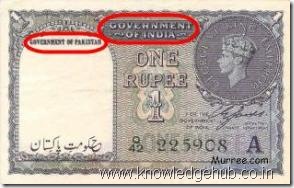
|
|

